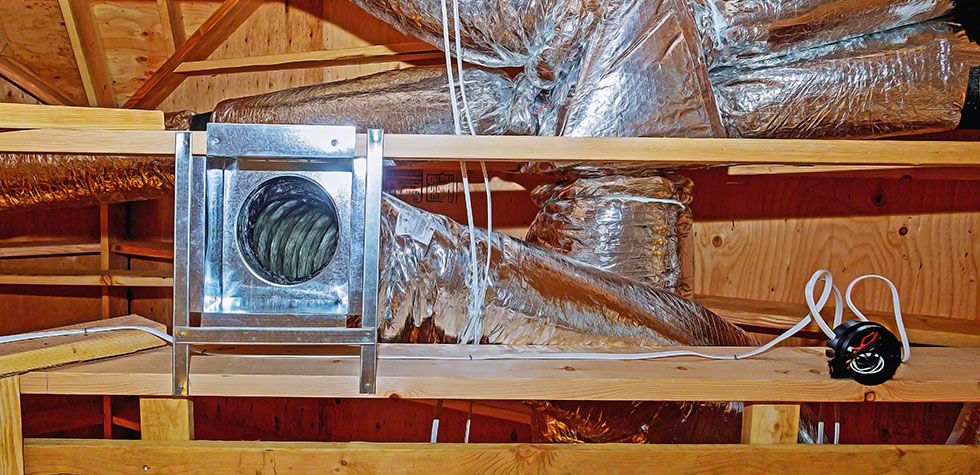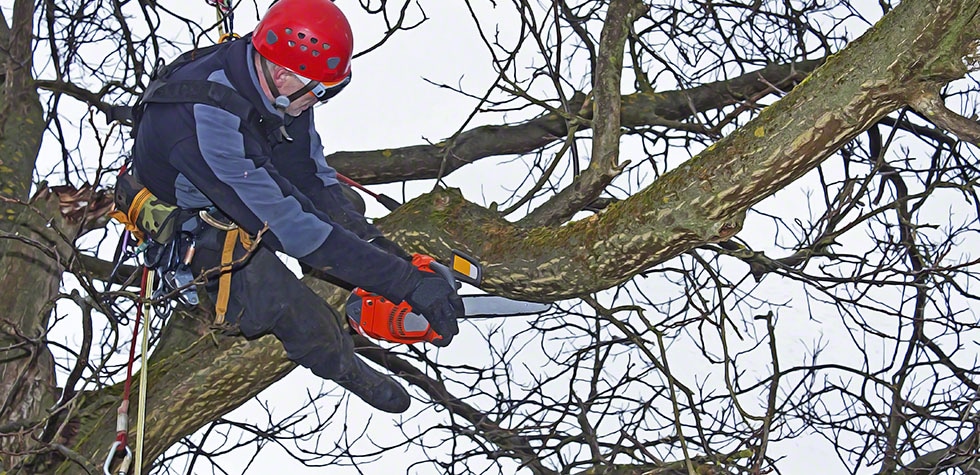A furnace is the only thing keeping your house warm and comfortable in the winters. However, sometimes, your furnace can develop some problems that hinder its performance and you need to get furnace services to fix it. As a result, it does not produce as much heat as it is supposed to. Therefore, we are going to discuss why your furnace might not be producing enough heat and what you can do about it.
Check The Thermostat
The first thing you need to check when it comes to your furnace not producing enough heat is checking the thermostat. Thermostats record the temperature inside the house and tell the furnace to produce more or less heat depending on the required temperature. With that said, it is highly likely that someone in your family might have confused it with other electrical switches and accidentally changed the temperature. Therefore, you should check the thermostat above everything else to see if your furnace produces more heat. If it doesn’t, it might be that your thermostat needs calibration. Unfortunately, you cannot do it on your own and it is better if you call a professional.
If the furnace begins to produce more heat, it means that the thermostat was the culprit. However, if it doesn’t, you should move on to the next problem instead of replacing the thermostat first.
Check The Fan Limit Switch
Next is the fan limit switch. The fan limit switch is there to inform the blower when to turn on and acts as a safety device as well to shut off your burners in case the furnace gets too hot. So basically, the fan limit switch is responsible for turning the blower motor on and off.
If the fan limit switch happens to be faulty, it might allow the fan to run even after the heat exchanger has cooled off. As a result, the fan will blow chill air into your home. Furthermore, if the fan limit switch overrides, which means it is set to manual instead of auto, the blower will continue running irrespective of the heating cycle of your furnace.
If you wish to diagnose the issue on your own, you will have to remove the furnace’s access panel. Locate the fan limit switch and consult the user’s manual to find out the appropriate temperature. Make sure that the override is set to AUTO.
You Might Have Leaky Air Ducts
Even though HVAC air ducts do not pose a problem more often but in some cases, they can be the culprit too. During the summers when the furnace is not used much, birds and other living creatures can take accommodation, which can lead to minor cracks. These cracks are not easily identifiable, and finding the exact location isn’t so simple either. For this, you will need to call in a professional who will thoroughly inspect the duct system and repair the crack.
Leaky air ducts will cause warm air to escape even before it reaches the inside. This will cause the temperature to drop and your energy bills to increase as the furnace will continue to produce even more heat since the desired temperature is not being reached.
Age Of The Unit
Sometimes, a furnace will produce less heat simply due to the age factor. If you have a furnace that is 10 years older or more, do not expect it to run without any complications. The reason is that as the units age, so do the components inside. As a result, they are prone to become less efficient and effective over time. In such situations, there is nothing much you can do about it instead of replacing the unit.
However, you need to make sure that your furnace is well-maintained to keep it running smooth and effortlessly. In many cases, furnaces will start developing problems much sooner as the homeowners neglect periodic maintenance. Therefore, with proper inspections, repairs, and replacements in place, you can expect your furnace to work for years before needing a replacement.
Final Word
Your furnace not producing enough heat can be frustrating but easy to diagnose if you were to follow the tips mentioned above. If the problem is a bit tricky, you should consult a professional furnace repair service Tyson’s Corner that will determine the root cause of the problem and fix it before you run into some expensive repairs.



